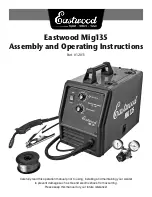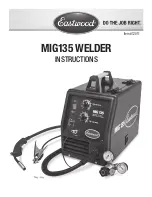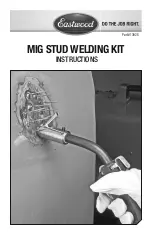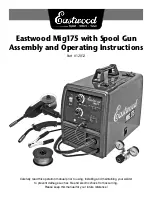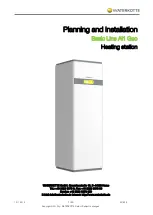
Rev 11.3/1-17
15
MRTALPR4-DC: #35057
T
O
A
DJUST THE
P
AD
F
RAME
Be sure to adjust the position of vacuum pads and/or cross members of the pad frame T-arm
assemblies, so as to optimize load support and minimize load overhang for the intended use.
Pads must be arranged symmetrically, to keep the lifter balanced. Note: Use only 2 pads on
each T-arm assembly.
1) Remove the cotterless hitch pin from one sliding / movable pad mount.
2) Reposition the pad mount at the desired position along the cross member of the pad frame T-
arm assembly, and align the holes for the cotterless hitch pin in the pad mount with the
corresponding holes in the cross member.
3) Secure the pad mount by pushing the cotterless hitch pin through the holes until the retaining
ball emerges on the far side of the pad mount.
4) Make sure that the vacuum hose serving the pad is not pinched, kinked, cut or abraded and
that it will not interfere with lifter operations.
5) Repeat steps #1-4 to position other pad mounts as needed. Always position pads so as to
create a symmetrical arrangement of the pad frame, and make sure that all vacuum lines are
functioning correctly.
Note: Depending on the position of pad mounts, the pad frame may extend beyond the edges
of smaller loads. When moving such loads, be careful to avoid any obstacles to the pad frame,
as well as to the load.
In addition to the sliding / movable pad mounts, T-arm assemblies offer a second means of
adjusting the position of vacuum pads: The bolts connecting the cross member to the extension
arm on each T-arm assembly may be removed, allowing you to reposition the cross member.
This allows you to align the pads precisely on the 2 T-arm assemblies, for example, in order to
attach the lifter on cladding panel profiles with high contours and/or narrow spacing between
contours. Be sure to tighten the bolts securely each time after you reposition a cross member
on its extension arm.

































